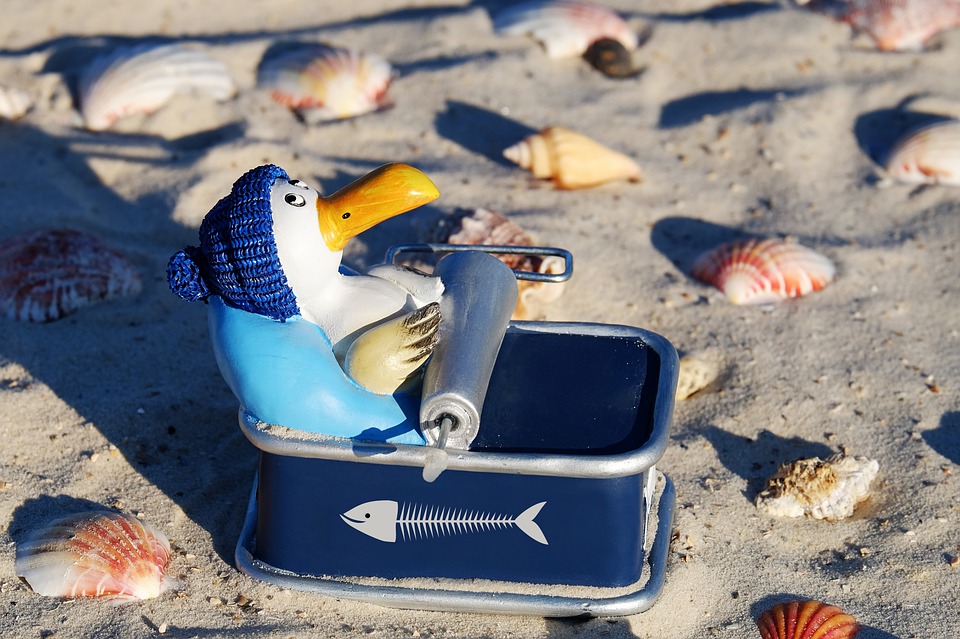Preventing and Managing Fish Tank Cloud Eye Disease: A Comprehensive Guide
Introduction:
Keeping fish healthy in an aquarium is crucial for their overall well-being. Unfortunately, fish can be prone to various diseases, one of which is cloud eye disease. This article aims to provide a comprehensive guide on preventing and managing cloud eye disease in fish tanks.
I. Causes and Symptoms of Cloud Eye Disease:
Cloud eye disease can be caused by both environmental and infectious factors. Poor water quality, inadequate filtration, high ammonia and nitrate levels, as well as incorrect temperature and pH levels, are some of the environmental factors that can contribute to the development of cloud eye disease. Bacterial and fungal infections are the most common infectious factors.
The symptoms of cloud eye disease include a cloudy or hazy appearance in the fish’s eyes, red or inflamed eyes, loss of appetite, lethargy, and erratic swimming behavior.
II. Prevention Strategies for Cloud Eye Disease:
Preventing cloud eye disease starts with proper tank maintenance and ensuring good water quality. Regular water testing and monitoring, adequate filtration and water circulation, as well as consistent water changes, are essential for maintaining optimal conditions for fish.
Maintaining appropriate tank size and space, monitoring and adjusting temperature and pH levels, and avoiding overstocking the aquarium are also key in preventing cloud eye disease. Additionally, implementing quarantine procedures for new fish can help prevent the introduction of diseases into the main tank.
III. Managing Cloud Eye Disease:
If cloud eye disease does occur in your fish tank, it is important to identify the underlying cause. Conducting water tests and addressing any water quality issues, as well as identifying potential sources of infection, can help in determining the cause. Consulting a veterinarian for an accurate diagnosis is recommended.
Treatment options for cloud eye disease include medications for bacterial or fungal infections, salt baths or dips to promote healing, and isolating and quarantining affected fish. Providing optimal care during the recovery period is crucial, which includes maintaining pristine water conditions, offering a balanced diet and nutrition supplements, and minimizing stress by providing a calm environment.
FAQs (Frequently Asked Questions):
1. Can cloud eye disease spread to other fish in the tank?
Cloud eye disease can potentially spread to other fish in the tank, especially if it is caused by an infectious factor. Isolating and treating affected fish promptly can help prevent the spread of the disease.
2. How long does it take for a fish to recover from cloud eye disease?
The recovery time for fish with cloud eye disease can vary depending on the severity of the infection and the effectiveness of the treatment. It is important to monitor the fish closely and continue treatment until the symptoms have completely resolved.
3. Can cloud eye disease be fatal for fish?
In severe cases, cloud eye disease can be fatal for fish. Prompt identification and treatment of the disease can greatly increase the chances of a successful recovery.
4. Is cloud eye disease contagious to humans?
Cloud eye disease is not contagious to humans. It is specific to fish and does not pose a risk to human health.
5. Are there any preventive measures specifically for cloud eye disease?
Preventive measures for cloud eye disease include maintaining good water quality, providing appropriate tank conditions, implementing quarantine procedures for new fish, and monitoring fish for any signs of illness.
6. Can cloud eye disease be prevented by adding salt to the aquarium?
While salt can be beneficial for certain fish species, it is not a guaranteed preventive measure for cloud eye disease. Proper tank maintenance and water quality management are more effective in preventing the disease.
7. How often should water changes be performed to prevent cloud eye disease?
Regular water changes should be performed according to the specific needs of your aquarium and the recommendations for your fish species. Monitoring water quality and addressing any issues promptly can help prevent cloud eye disease.
8. Can cloud eye disease be prevented by using UV sterilizers in the aquarium?
UV sterilizers can help in preventing certain diseases and maintaining overall water quality. However, they may not specifically prevent cloud eye disease. Proper tank maintenance and preventive measures are still necessary.
Conclusion:
Preventing and managing cloud eye disease in fish tanks is essential for maintaining the health and well-being of the fish. By understanding the causes, symptoms, and prevention strategies, fish owners can create a healthy and thriving aquarium environment for their aquatic pets. Proactive prevention, regular monitoring, and timely management are key to ensuring the longevity and vitality of fish in the aquarium.









